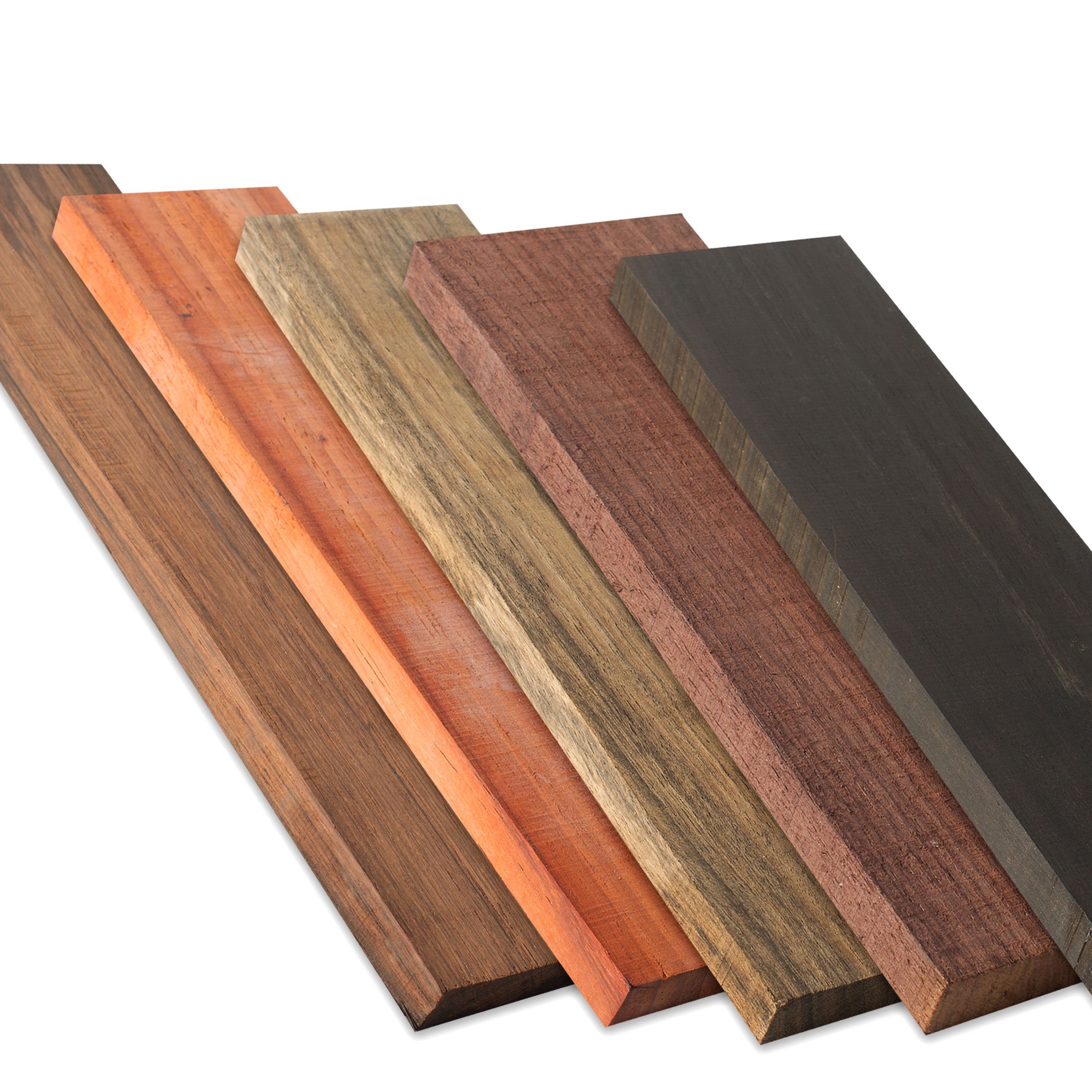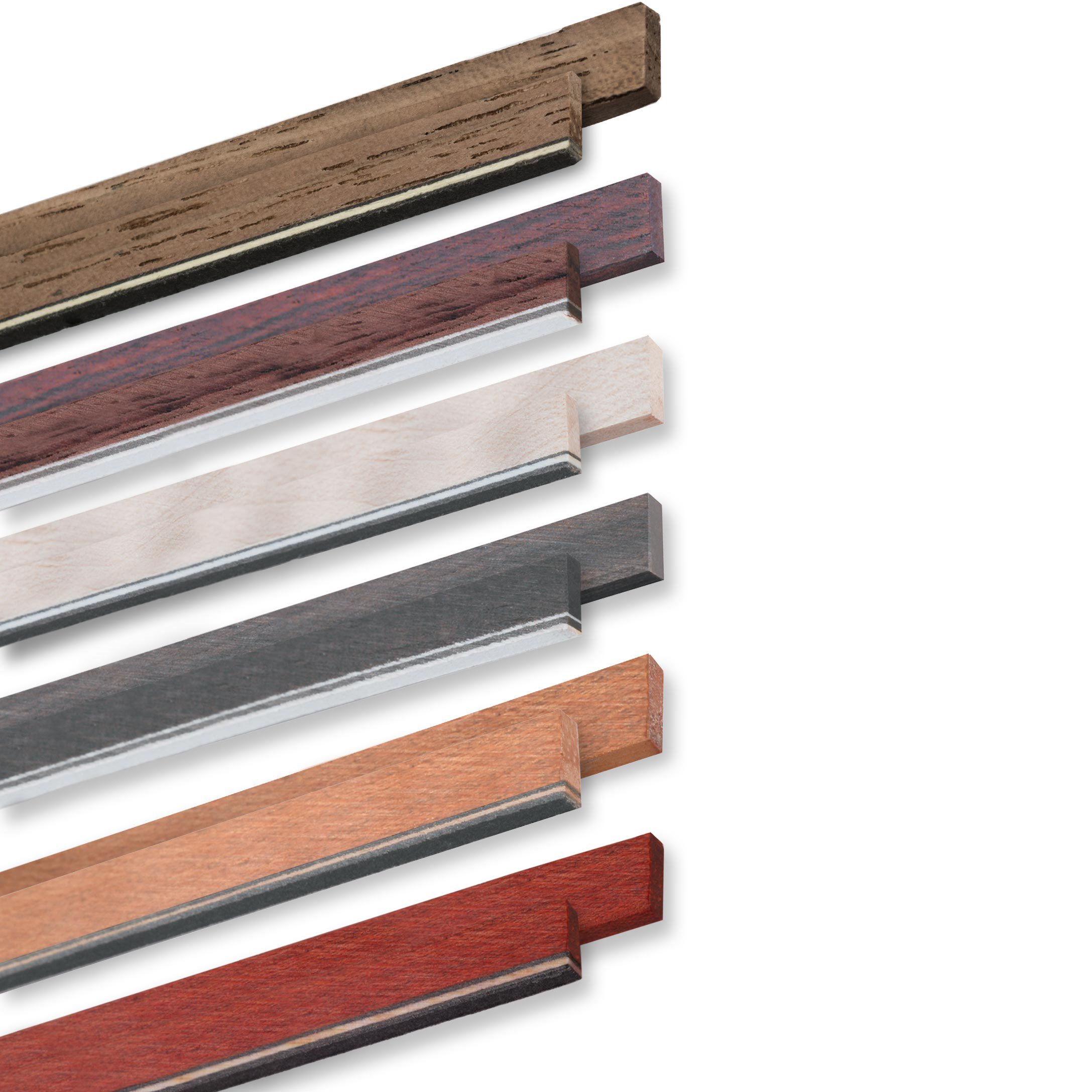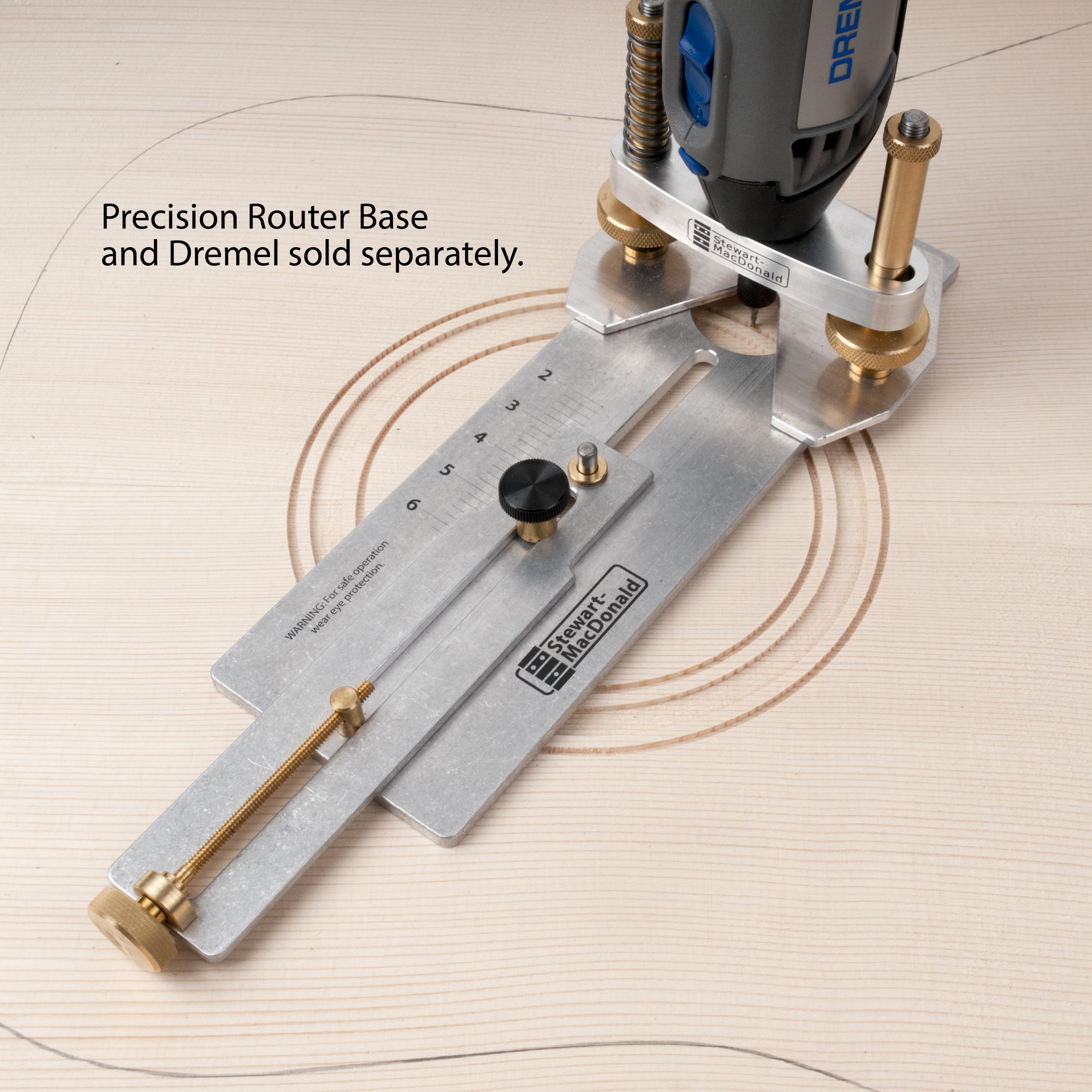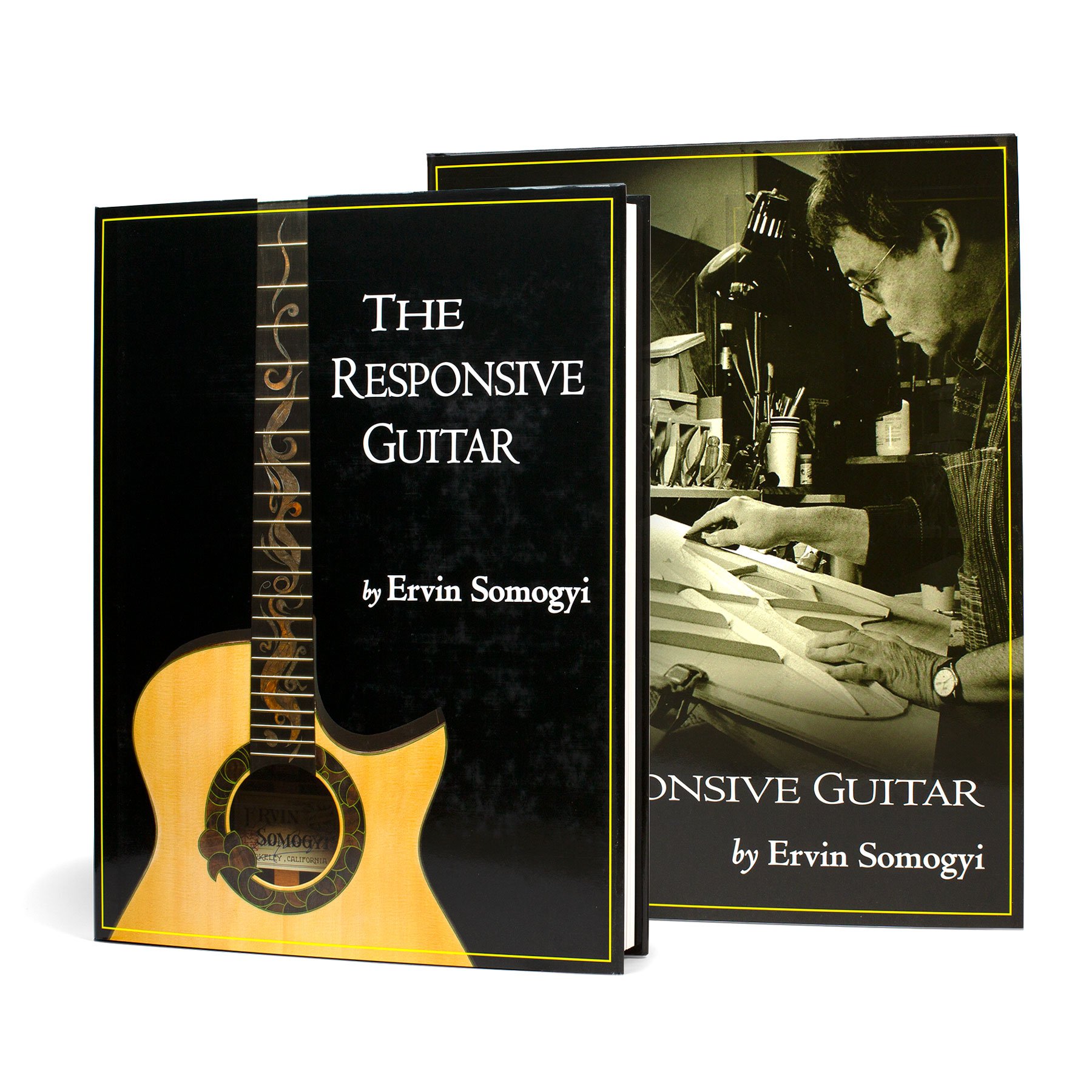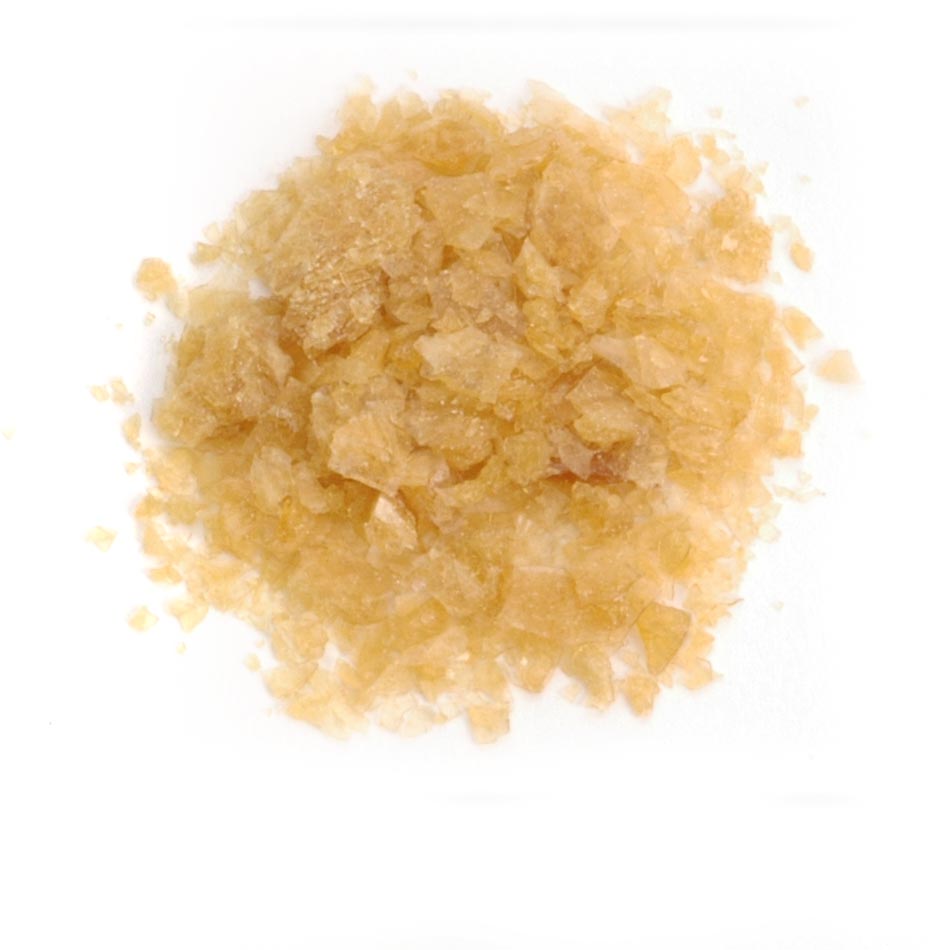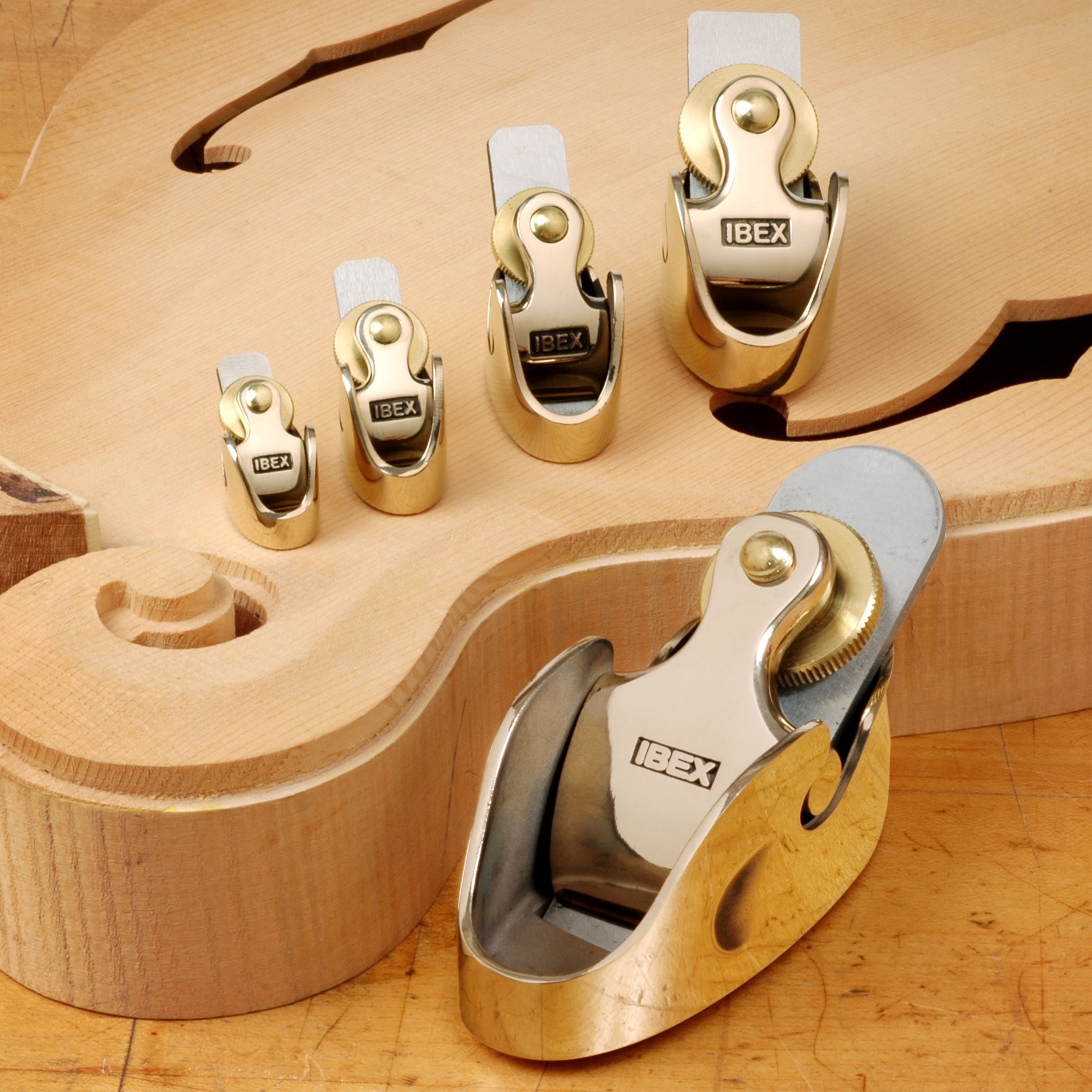Michi Matsuda's gunpowder scorched guitar
Issue 201 October 10, 2013
West/East concept guitar: Michihiro Matsuda taught guitar design at Galloup Guitars' Northwoods Guitar Seminar in August. We were lucky enough to get this video as Bryan Galloup interviewed Michi about his unique gunpowder scorching.

Extra video for our Japanese friends: Check out this video where Michi describes his concept guitar at the Northwoods Seminar (speaking in Japanese).
In this Trade Secrets video:
- Bryan Galloup interviews Michihiro Matsuda
- Scorched finish achieved with gunpowder instead of hot irons
- Michi's finishing technique tests his shop's smoke alarms!
- Closeups of the extraordinary detail of Michi's work
Video Transcription
Bryan Galloup: My name is Bryan Galloup and I'm one of the hosts of the 2013 Northwest Seminars, and one of the things that I really wanted to make happen was to get my friend, Michi, out here, and I've always been a huge fan of his work, and his eye for design, and also his work with Tone, and Michi, you were an apprentice of Ervin Somogyi's, maybe even his second apprentice, correct?
Michi Matsuda: Yes.
Bryan Galloup: And he picked up a lot of stuff from Ervin, and also bringing many things in from your art background, and your history being Japanese, correct? Yes. And what we have right now as an example of a guitar that I actually saw at the Montreal Guitar Show, and I was quite taken with, and the first thing that I noticed was the work that you did on the top. I didn't know what it was, but I think that this is gunpowder that you used.
Michi Matsuda: Yes.
How to scorch the finish with gunpowder
Bryan Galloup: Maybe you could explain a little bit about how you went through scorching the top with the gunpowder. You have these areas that are darker, and the areas that are lighter. That's natural with the gunpowder.
Michi Matsuda: It is natural. This original idea is coming from traditional Japanese instrument called Koto. The instrument traditionally has a scorched top, and a scorched body, actually. I wanted to try it, the same kind of effect to the guitar tops.
Bryan Galloup: I noticed that this is a matte finish on the top. Is this nitrocellulose?
Michi Matsuda: Oh, boy. So first, well, I tried it a traditional method for this scorching first, which is the heating iron method, but it was too aggressive for the guitar tops.
Bryan Galloup: Was it?
Michi Matsuda: Because it's too thin, the guitar top, so I was looking for another way to make a scorch, then it comes to the gunpowder. It's very controllable.
Bryan Galloup: Once the scorch happened, did you come back and scuff this a little bit to get these beautiful lines?
Michi Matsuda: Yes. After the scorch, it creates a lot of bumps on the spruce, so I had to go to the French polish, and fill the whole gaps, but no sanding. The scorching is just on the surface. If you go sanding, it goes to the spruce, the natural spruce, so no sanding, goes to the French polish with the pumice [on-screen text reads: pumice to fill craters], and fill the hole gaps, then I shoot it with just 1-2 coats of Nitrocellulose Satin Lacquer finish.
Michihiro Matsuda rosettes
Bryan Galloup: It's beautiful, and I also notice I can see your rosette. This is a typical design for you of rosette, so you have the interrupted lines, but it's really quite simplistic. Some of your other rosettes, they can come down, and take a turn, or the boxes, and the lines, that I've always been a huge fan of, by the way.
Michi Matsuda: Thanks so much.
Bryan Galloup: But this one here, really, I just like the way that it subtly comes through the burns.
Michi Matsuda: Yeah. Yeah, exactly. That's what I wanted it to have, kind of more organic.
Michihiro Matsuda bridges
Bryan Galloup: Absolutely. You can see that it has some of the classic work that you do on bridges. Could you tell me a little bit about your cuts?
Michi Matsuda: In this particular one, I tried to fit the panel shape, maybe in 19th century European guitars, but I tried to put my thought to it. You can interpret on my way.
Bryan Galloup: Absolutely. These cuts are outstanding here and here.
Michi Matsuda: Thank you.
Other Michihiro Matsuda design elements
Bryan Galloup: Many design elements of Michi's tie together, like this heel that ties into the work we just looked at on the bridge. It's a delicate little line that almost implies that your palm could fit there, especially on a cutaway guitar, and it cuts in, and moves up into this beautiful asymmetrical heel, or heel cap. One element ties in from the bridge to the heel, and it'll take you right into the peghead. Michi, could you tell me a little bit about this?
Michi Matsuda: I used a very tiny, tiny tuner, and you can fit into the guitar head, and those tuner buttons, I made those. Those are the first to the also Japanese traditional instruments called the Shamisen, and it's got that Japanese or Chinese character, and it says happiness and also longevity.
Bryan Galloup: On the pegging, I noticed that we have some of the fine detailed line work that you're so well known for. Could you tell me a little bit about how you did this?
Michi Matsuda: This is actually, it's not a one piece, actually a three piece peghead, and in between I got maple lines, and also between the maple lines, they are a dyed [inaudible 00:04:34]. Also ebony [inaudible 00:04:36] in between.
Bryan Galloup: Along with your perfling work is the fine work like on the nut. As you go through the guitar, you can pick up so many more details that it's just we don't have enough time to go through it. We are so honored that you could be a part of the Northwood seminar, and thrilled that we can have a chance to look at this instrument. Thanks, Michi.
Michi Matsuda: Thank you, Bryan. Thank you for this opportunity.

